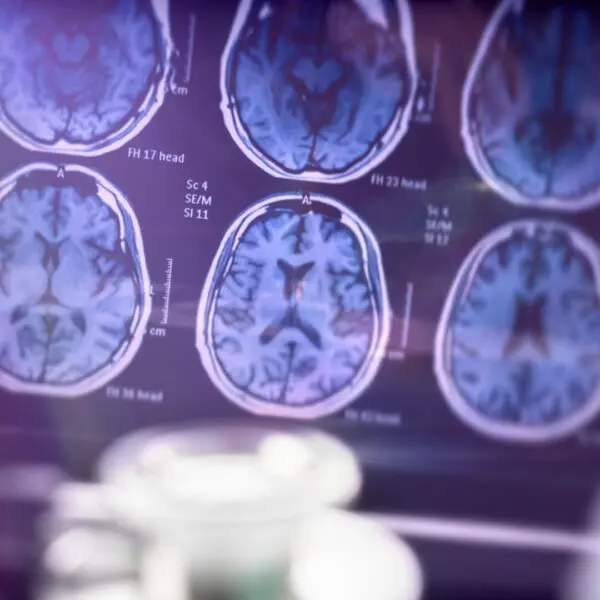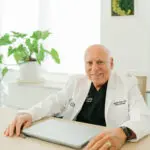At some point, osteoarthritis affects a majority of people as they age. This happens because over time, the protective cartilage that acts as a buffer for the ends of bones wears down, often causing pain and discomfort. Unfortunately, osteoarthritis is the most common form of arthritis and can harm any joint, most often the joints in people’s hips, knees, spine and hands.
I have recently uncovered an exciting and timely article that will appeal to anyone involved in orthopedic regenerative medicine.
While great strides have been made in treating osteoarthritis, we still have a long way to go to treat, prevent and reverse this disease.
As this study in Arthritis, Research & Therapy points out, osteoarthritis (OA) is a mechanically driven disease, but it also depends on co-existing inflammatory processes.
One interesting fact pointed out in the study was that ACL reconstruction was performed to prevent the development of osteoarthritis, however 38 different studies demonstrated that OA occurs even after ACL reconstruction. I can attest to this with my orthopedic patients as well.
What I most appreciate about this study is that the authors stress the importance of addressing molecular pathways in addition to conventional and existing treatments.
They ask wonderful questions:
How do we turn on the NRF2 pathway? How do we counteract IL-1, IL-6, and TNF?
Yet, just inhibiting the master inflammatory cytokines did not seem to have the results that one would expect.
Perhaps the most crucial aspect of this paper is the discussion on mitochondrial-associated pathways. This illustration tells the story.
I suspect that fixing mitochondrial problems will give us a quantum leap when dealing with stem cells and regenerative medicine. Furthermore, it will likely help prevent osteoarthritis from developing in the first place.
We already know some methods of increasing mitochondrial health, such as NAD, photobiomodulation, and the hormesis effect caused by moderate oxidative stress and the use of extracorporeal shock wave therapy, to name a few. They all can stimulate the mitochondria.
As my longtime readers know, mitochondria are the bedrock of our health and specifically relating to OA, the health of our joints.
One thing not addressed in the paper was the use of peptides. These could include mitochondrial peptides such as FLG and Humanin for mitochondrial health and, for general healing, BCP157 and Thymosine Beta-4.
I hope you enjoyed my insights from this thought-provoking article.
I also encourage you to read this post regarding new OA treatments as well:
A Possible New Way of Treating Osteoarthritis: Senolytic Agents
– Dr. P














